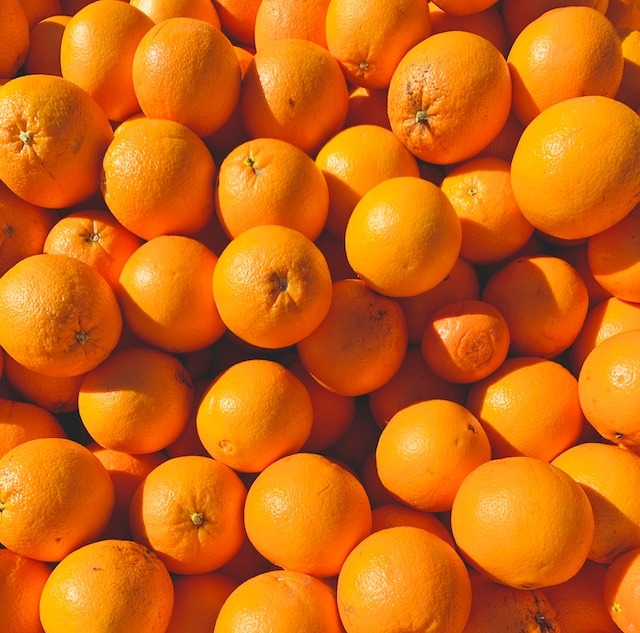W8 Orange Update: Brazil's Orange Prices Rise Ahead of 2023/24 Harvest Season Despite Low Volumes, Prices of Egyptian Orange Imports Decrease in Spain's Wholesale Markets, and Uruguay Forecasts 35% Citrus Production Increase for 2024

Orange Prices Surge in Brazil as Harvest Nears Conclusion Amidst Low Volumes
In Brazil, orange prices are increasing steadily as the 2023/24 harvest season approaches its end, accompanied by a decrease in orange volumes. During W8, the average selling price reached USD 17.81 per 40.8-kilogram (kg) box (BRL 88.36/40.8-kg box), an increase of 2.71% week-over-week (WoW). Prices for late varieties remained stable at USD 17.40/40.8-kg box (BRL 86.32/40.8-kg box) during the same timeframe.
Egyptian Orange Imports Drive Down Citrus Prices in Spain's Wholesale Markets
The rise in Egyptian orange imports has decreased citrus prices in Spain, particularly in the country's primary orange wholesale markets. Mercasa reports a price drop to USD 1.40/kg (EUR 1.29/kg), representing a 15% WoW decrease. Barcelona shows an even more pronounced decline, with prices reaching USD 1.08/kg (EUR 1/kg). The Minister of Agriculture has raised concerns over the surge in orange imports from Egypt to the European Union (EU), which spiked by 104.7% year-over-year (YoY) in Jan-24. They also emphasized a 375% increase in inspections of orange warehouses by the Generalitat and have called for stricter control measures in Spanish ports. Moreover, they highlighted the import of 51 thousand tons of oranges into the EU, with 45 thousand tons originating from Egypt.
Uruguay Forecasts 35% YoY Surge in Citrus Production for 2024
Uruguay expects a 35% YoY increase in citrus production for the 2024 season as it recovers from past droughts. Export quality is expected to improve by 30 to 35% for oranges, mandarins, and lemons compared to 2023. The favorable summer rainfall suggests that fruit sizes will be suitable, especially for oranges and mandarins. In 2023, Uruguay exported 8.4 thousand tons of lemons, 26 thousand tons of oranges, and 33.8 thousand tons of mandarins, totaling 68.3 thousand tons. Early signs from the market are positive, with strong demand from the United States (US) and Europe, particularly for oranges.






